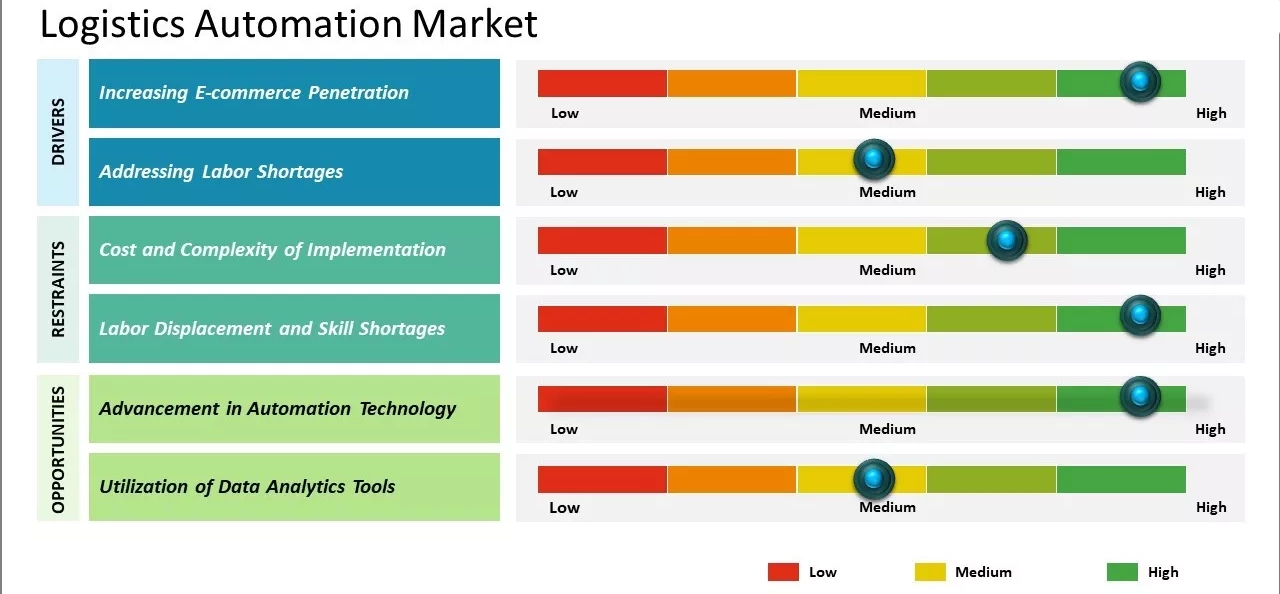
Whose turn to clean the coffee pot? Not me!
Warehouse Automation Requires Adaptability
With automation sales awkwardly slow, why do 80% of warehouses in America have ZERO automation?
“Potential buyers of logistics automation are intrigued by the potential of automation but wary of the risks. Accordingly, they are investing conservatively. McKinsey research estimates investment in warehouse automation will grow the slowest in logistics,
at about 3 to 5 percent throughout 2025.

“The slow pace of automating logistics is primarily due to the complex nature of logistics operations, which involve vast networks and interconnected processes, making companies hesitant to implement new technologies due to potential disruptions and the significant investment required, even though the benefits of automation are becoming increasingly evident; this cautious approach is further fueled by concerns about workforce retraining, integration challenges, and the potential impact on existing systems.” -McKinsey
Where We Are Today on the Journey Toward Advanced Technology
Advanced warehouse automation technology has outpaced the ability of all but the most sophisticated users to integrate it effectively. Recent years have seen remarkable advances in robotics, sensors, artificial intelligence, and machine learning. These innovations have enabled equipment and systems that are stronger, faster, and more intelligent than their predecessors.
However, in the world of warehousing and distribution, this complex technology often exceeds customer willingness to embrace disruption. Many users are hesitant to adopt solutions they view as unproven, complicated, or risky. Simply because suppliers can offer advanced technology does not mean users will adopt it.

Adoption of Advanced Technology: Current State
A U.S. Census Bureau survey of 583,000 businesses revealed the low market penetration of advanced technologies:
- Generative AI’s (genAI) user growth rate in 2024 is 28.6%—still strong, but more than 30 times slower than last year’s meteoric rise of nearly 900% from a relatively small base of users.
- Machine Learning: 4%
- Voice Recognition: 3%
- Machine Vision: 2%
- Robotics: 2%
- Augmented Reality: 1%
- Automated Vehicles: 1%
While some industries have higher adoption rates, overall figures remain low. Three key observations can be drawn from this data:
- Immense Future Potential: The untapped market for advanced technology is vast, but suppliers must convince users to embrace change to realize this potential.
- Opportunity for Incremental Change: Helping companies improve without significant disruption presents a massive immediate opportunity for suppliers.
- Human Impact of Automation: Automation creates new jobs requiring different skills, but these skills often take years or even generations to develop. Rural and economically disadvantaged regions are particularly vulnerable to job losses and may not benefit equally from automation-driven job creation.
Importance of Adaptability: Moving Forward
The pace of technological advancement is outstripping human adaptability. For the warehousing and automation sectors, this gap underscores several critical points:
- Readiness for Change: Many companies are not yet prepared to scale advanced technology. Suppliers are often designing solutions for users who are reluctant to adapt.
- Strategic Advantage: Companies that adopt advanced automation early will gain a competitive edge. These firms use technology not only to reduce costs but to ensure survival and growth.
- Complexity vs. Simplicity: Overly complex systems can hinder both suppliers and users. Simplifying technology and focusing on user education are essential to bridge the adaptability gap.
To succeed, organizations must “bend the curves”: increasing human adaptability through training while designing technology that prioritizes simplicity and usability.
Improve Without Disruption: Meeting Companies Where They Are
For suppliers and customers alike, the mantra should not be “innovate at all costs,” but rather, “innovate where it counts.” With advanced technology adoption at less than 5%, how can innovators meet the remaining 95% of companies where they are?
Suppliers:
- Focus on Niche Markets: Develop tailored solutions for specific industries by engaging with end-users to understand their challenges, budgets, and risk tolerance. The key is to address real, immediate needs rather than pushing untested products.
- Simplify Solutions: Avoid overengineering systems in ways that make them difficult for customers to understand, implement, or maintain.
Customers:
- Start Small and Learn: Begin with manageable projects to build organizational experience and adaptability. View initial investments as the cost of education rather than expecting immediate financial returns.
- Focus on Long-Term Benefits: Successful automation isn’t just about new technology. It involves improvements in processes, material flow, and workforce training.
Top Five Suggestions for Embracing Warehouse Automation
- Adopt Incrementally: Companies should focus on step-by-step adoption, avoiding large-scale projects that may overwhelm their operations.
- Invest in Training: Preparing employees to work with advanced technologies is crucial. Training boosts both adaptability and operational success.
- Simplify Technology: Suppliers should prioritize creating user-friendly solutions that meet customers at their current level of technical expertise.
- Focus on Strategic Advantages: Automation should be viewed as a tool for survival and growth, not just cost reduction.
- Address Human Impact: Both suppliers and policymakers must consider how automation affects workers, particularly in vulnerable regions, and invest in programs to close skill gaps.
The Journey Ahead
The journey toward widespread adoption of advanced automation is only beginning. Companies that embrace adaptability and take small but deliberate steps toward innovation will position themselves to thrive. By meeting customers where they are and fostering incremental change, suppliers can drive progress without disruption.
For organizations ready to take their first steps, the advice is simple: just get started. Find an expert, begin small, and build from there. The future of warehouse automation depends on adaptability—both technological and human.
